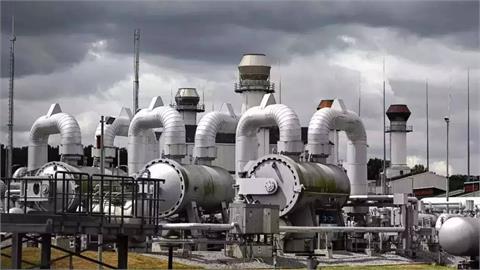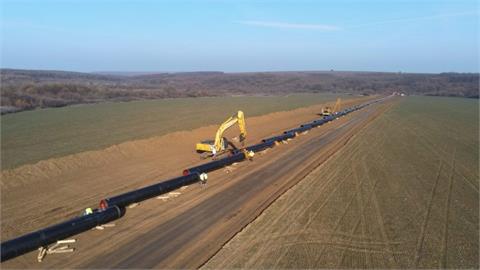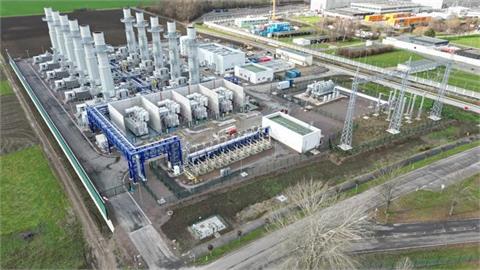The lack of further lifetime extensions of existing nuclear power plants and new projects could result in an additional 4 billion tons of carbon dioxide emissions, as the use of gas for electricity security would increase, the International Energy Agency said in a recent report published Tuesday. Nuclear energy, the second largest low-carbon source of electricity, makes a significant contribution to generation, and has provided 10% of global supply in 2018, according to the agency's report entitled Nuclear Power in a Clean Energy System.
However, driven by advanced economies, where nuclear fleets are ageing and additions of new capacity are shrinking, the share of nuclear energy out of global electricity supply has been declining in recent years. The fall in nuclear power production has also slowed the transition towards a clean electricity system.
"Despite the impressive growth of solar and wind power, the overall share of clean energy sources in total electricity supply in 2018 at 36%, was the same as it was 20 years earlier, because of the decline in nuclear," the report showed. As global energy is increasingly based around electricity, halting the fall in nuclear is vital in achieving clean energy systems, the report said. "But to achieve this trajectory with sustainability targets - including international climate goals - the expansion of clean electricity would need to be three times faster than at present," it added.
It detailed that 85% of global electricity needs to come from clean sources by 2040, compared with the current 35%. The report advised that along with massive investments in efficiency and renewables, the trajectory would need an 80% increase in global nuclear power production by 2040. Around one-quarter of the current nuclear capacity in advanced economies is set for closure by 2025 - mainly because of policies to reduce the role of nuclear power, while the fate of the remaining capacity depends on decisions about lifetime extensions in the coming years.
Without lifetime extensions and new builds, nuclear capacity in advanced countries would decline by around two-thirds by 2040 while achieving key sustainable energy goals would become more difficult and expensive. "Under the current policy ambitions of governments, while renewable investment would continue to grow, gas and, to a lesser extent, coal would play significant roles in replacing nuclear. This would further increase the importance of gas for countries' electricity security," the report showed. Cumulative carbon dioxide emissions would rise by 4 billion tons by 2040, adding to the already considerable difficulties of reaching emissions targets, it added.
If other low-carbon sources, namely wind and solar PV, are to fill the shortfall in nuclear, their pace of growth would need to accelerate at an unprecedented rate. Over the past 20 years, wind and solar PV capacity has increased by about 580 GW in advanced economies. But in the next 20 years, nearly five times that much would need to be added to offset the decline of nuclear energy. According to the report, with the greater need for clean energy transitions in advanced economies in this timeframe, an additional investment of around $1.6 trillion would be required, which would end up hurting consumers through higher electricity bills.
(Anadolu Agency)



